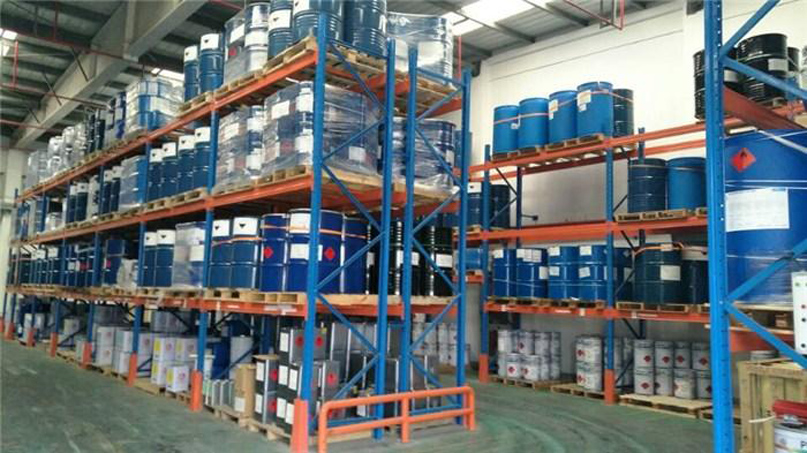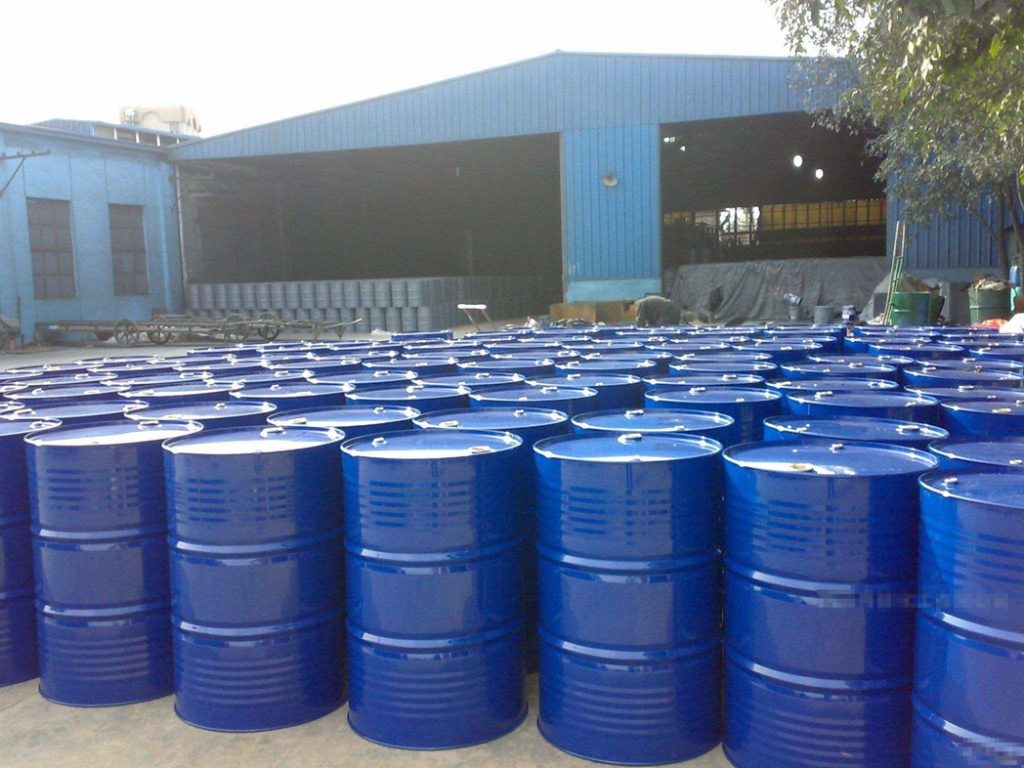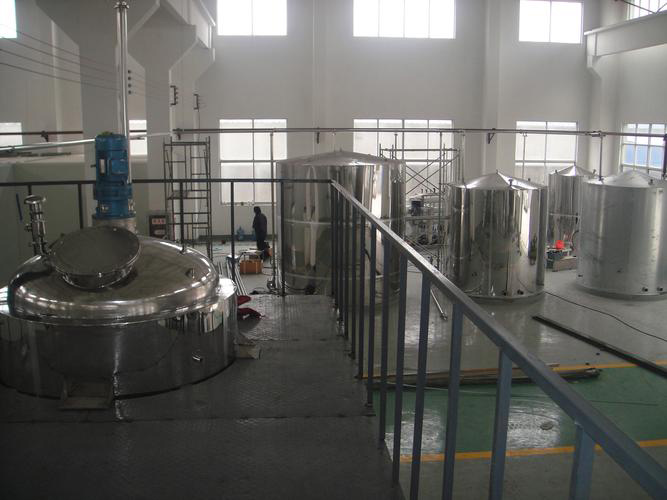Post-treatment involving organotin reagents
Organotin reagents, a common toxic substance in organic synthesis. In general, they are not used, and the most common Stille coupling reaction can be replaced by the Suzuki-Miyaura reaction. However, for some reactions where the Suzuki-Miyaura reaction cannot be carried out, organotin reagents have to be used, often with good results. In this case, post-treatment of the organotin reagent is involved. Let’s first understand what organotin reagents are.
[J. Am. Chem. Soc. 2006, 128, 740-742

Organotin compounds are metal-organic compounds that contain Sn-C bonds. The general formula RnSnX4-n (n=1-4, R is an alkyl or aromatic group). There are two types of alkyl tin compounds and aromatic compounds. The basic structures are mono-, di-, tri- and tetra-substituted (referring to the number of R’s). Dialkyltin mainly damages the hepatobiliary system; trialkyltin and tetraalkyltin mainly cause damage to the nervous system. There are also hexasubstituted ditin organotin compounds. The main damage caused by organotin compounds to living organisms is: edema of the white matter of the brain in the central nervous system, impairment of oxidative phosphorylation processes in cellular energy use, inhibition of the thymus and lymphatic system, impairment of cellular immunity, inhibition of hormone secretion causing diabetes and hyperlipidaemia, etc. Toxicity to humans, local irritation of the skin, respiratory tract and cornea, systemic poisoning through the skin or cerebral oedema, and even death.
General operation: Wear protective glasses, mask, gloves, white coat and operate in a fume hood. [When conditions permit, it is best to wear an isolation respirator, a one-piece duct tape hazmat suit and rubber gloves].

Apart from the most common Stille coupling reaction, there are several other reactions involving organotin reagents, such as the Barton-McCombie dehydroxylation reaction and the Barton radical decarboxylation reaction.
Post-processing
I. After the Stille coupling reaction, most of the substrate organotin reagent is converted to R3SnX, plus a slight excess of R1SnR3, usually post-treated by adding saturated aqueous KF or Py-HF solution, stirring for at least one hour, diatomaceous earth filtration [KF + R3SnCl → KCl + R3SnF (precipitate)], followed by the usual post-treatment and purification. R1SnR3 is added as little as possible, and it is not known whether KF can react with it in a relatively short time. For the destruction of R1SnR3, it can be treated with the addition of DBU and iodine to convert it to alkyltin iodide [J. Org. Chem. 1989, 54, 13, 3140-3157].
Picture
Second, there is a good method of removing alkyltin halides when preparing organotin reagents using R3SnCl

The article [Chem. Commun. 2010, 46, 6335. DOI: 10.1039/c0cc01328e] reports that alkyltin halides, tin oxide, tin trifluoromethanesulfonate, etc. can be removed using silica gel columns containing 10 wt% anhydrous potassium carbonate, and that residues can be removed at the ppm level. However, this method is not effective for the removal of organo-hydrogenated tin, tetrasubstituted organotin and hexasubstituted ditin. Therefore, for Stille coupling reactions, this method is not suitable for post-treatment if the organotin reagent R1SnR3 is present in excess.
Third, Barton-McCombie dehydroxylation reaction in the removal of trialkyltin hydride, due to the removal of trialkyltin hydride or other small polarity organotin reagents, you can refer to my article a few days ago [Petroleum ether extraction DMF, unconventional extraction, you deserve it], if the product solubility of methanol or DMF is good, and trialkyltin hydride or other small polarity organotin reagents in If the product is better soluble in petroleum ether n-hexane and other small polar solvents, similar compatibility principles, reverse extraction can be used. The reaction is also concentrated first, methanol or DMF is added to dissolve it, and petroleum ether extracts the small polar organotin reagents, but this operation is risky and should be done with caution. In addition, partitioned extraction of organotin compounds is often prone to emulsification, and the addition of a little CaF can make the delamination more obvious.

